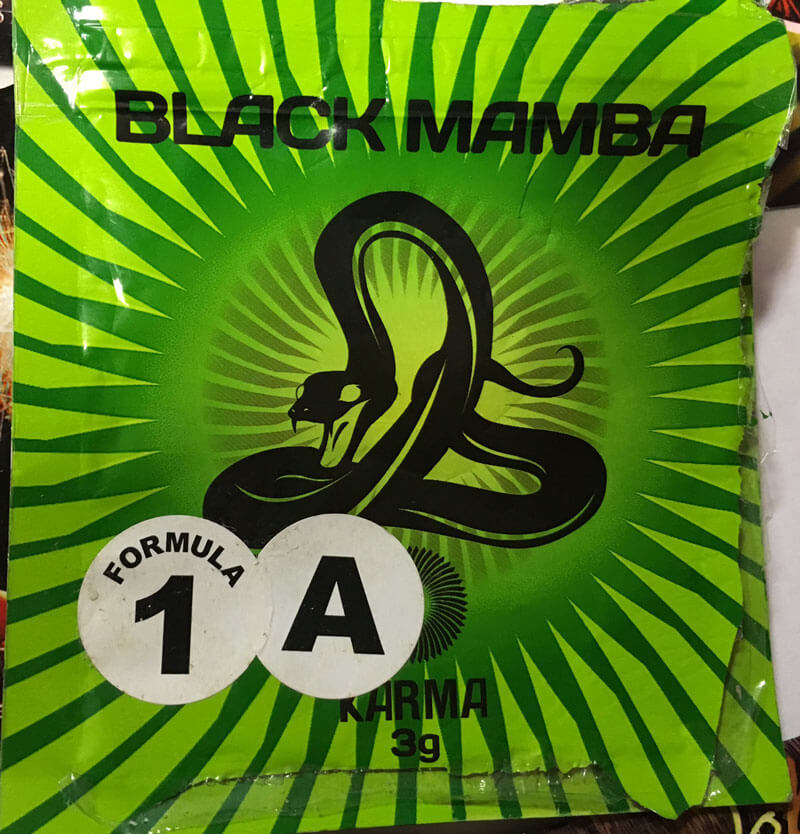After much speculation and debate, the Psychoactive Substances Act is now in place and the first prosecutions are being enacted.
We can expect the majority of head shops to disappear from our high streets, and there is little doubt in my mind that certain products will become far more difficult to access. Yet few regard the Act as a genuine solution to the undoubted risks posed by certain new psychoactive substances (NPS). Indeed, many of those in favour of its enforcement would openly acknowledge that further work is essential if we are to better address the potential risks of NPS.
As with any product, whilst there is demand for these substances there will always be supply. Previously, ‘legal highs’ could be sold in a legitimate way from online sites or high street stores, regardless of people’s opinions of them. That lowered the risks for consumers.
With street drugs there are heightened risks. NPS have never operated in a well regulated market, but there is a greater likelihood of substances being varied in content and purity when bought from street dealers. This can make it far harder for users to dose in a way that limits their risks. There are also added threats such as exploitation or mugging, as well as people gravitating towards other substances that street dealers might be supplying.
[READ] A New Low For Legal Highs
A test case for the Psychoactive Substances Act
Kent, in the south east of England, offers something of a test case for this legislation.
In 2014 we witnessed Operation Lantern, a trading standards initiative enforced with the support of Kent Police. More than twenty head shops were targeted across Kent and Medway in July of that year, with authorities clamping down on the visible trade in ‘legal highs’. Using General Product Safety Regulations, businesses were prohibited from selling any products that were seized as part of a series of raids on stores stocking NPS.
On the surface, there were some positive outcomes. We saw a reduction in the availability of NPS products and, via direct feedback from some of the groups consuming them, it had clearly made it harder to access substances than had previously been the case. We’ve since seen the vast majority of Kent head shops close down and non-specialist stores, such as newsagents, off licenses and petrol stations – plus, in one town, a particularly well known supplier of quite poor quality rugs – all removing NPS products from their shelves.
Superficially, this all sounds like good news as such outcomes are likely to protect more casual or experimental shoppers; however, more habitual users of NPS face being pushed towards street dealers and criminal markets to get what they want, and this puts them in a far more dangerous position.
Problematic use and the issue of SCRAs
The main source of concern are synthetic cannabinoid receptor agonists (SCRAs). These substances impact on the endocannabinoid system and, as such, have been dubiously labelled by many as ‘legal weed’, in spite of their far more intense and problematic effects in comparison with traditional cannabis.
Back in 2013, we supported a seventeen year old female who was smoking up to five grammes of ‘Pandora’s Box’ per day. By the time Dee (not her real name) had presented to our service, she was experiencing withdrawal symptoms if she went more than an hour without smoking; pronounced sweats, nausea, tremors and high levels of anxiety had become debilitating and Dee was struggling to sleep. In order to manage this, her regular head shop offered a ‘substitute prescribing’ service and supplied her with diclazepam (kindly, free of charge) to help manage the symptoms. Thankfully, Dee was able to access appropriate therapeutic support from our service. She moved herself away from what was a chaotic social group and controlling relationships and months later relocated, drug free and with a new life on the horizon.
Cases like this are unusual. In spite of the media circus surrounding them, NPS presentations to our treatment services are actually pretty low.
(As a community provision, we’ve not been affected by the much reported issues affecting prisons, for example.) But our early intervention and outreach projects identified that NPS use was still happening amongst those excluded from mainstream education, within the care system, young people linked to offending behaviours and street homeless or those in hostels. In short, it was already disenfranchised groups with little to lose who seemed to be the most willing to experiment with SCRAs.
It is a common misconception that young people use ‘legal highs’ due to naivety, because they think they’re safe. This is not our experience. A survey of young people linked to our early intervention programmes showed that these cohorts believed NPS to be more dangerous than traditional street drugs. So why take them? Even if the risks of these products are known and understood, there will be some who will make a conscious decision to use. It is easy to label this action as misguided but, for someone suffering from low self esteem who feels they have little to live for, the choice to use SCRAs could be viewed as an informed and rational choice. For individuals with limited opportunity and remedial coping strategies, such substances can provide an escape from problems that cannot otherwise be dealt with. Negative judgements are often made by individuals from far more privileged vantage points in society; to do so borders on arrogance and demonstrates a lazy attitude in attempting to understand the more fundamental issues that lie beneath.
Working proactively to meet specific needs
There are ways to positively address problematic use of NPS, and they are generally ways in which we should be working with any hard to reach groups. Our service has had to be proactive to access those most in need, employing outreach programmes and working peripatetically to reach those who are generally disinclined to come to a service and access support. We cannot expect people, many of whom have an entrenched mistrust of services and authority figures, to flock willingly for advice.
This means thinking outside of the box. Some of our workers have secured funding to run open sessions at a local housing foyer, where residents can come along for free pizza as part of drug and alcohol discussion groups. There they can have constructive and non-judgmental conversations – no scare tactics allowed – and they build trusting relationships with the workers. Our early intervention provision has long been a key part of our service delivery; it is an important means of gathering data and an invaluable way of responding to trends. It also allows us to impart accurate and up to date information about substances, along with harm reduction advice as appropriate.
[READ] Mapping Britain’s Drug Damage
Appropriate and responsible education
Education is key and it must be delivered responsibly, pitched to the different needs of each group. This is increasingly vital given the media propagated confusion surrounding what some started to call ‘lethal highs’. Each time an article equates ‘Spice’ to nitrous oxide, we have to battle against a general mistrust of drugs information. It makes it harder for drug services to emphasise that substances such as SCRAs do carry real threat when newspapers keep comparing them with their beloved ‘hippy crack’.
The challenge of delivering accurate drugs education has been exacerbated by recent funding cuts to youth service provision as well as pastoral support services within many schools. This issue goes beyond NPS use and even outside substance use in general; there is often a distinct lack of opportunity for children and young people to talk openly about the issues that affect them, whether it be about mental health, relationships, sexuality or drug use. The introduction of mandatory PSHE provision led by skilled and knowledgeable educators would offer an excellent stepping stone to address this. After all, how can we ask people to make informed choices about third generation synthetic cannabinoids if they are ill equipped to make decisions about safe choices in general?
It is not sensible to deliver scaremongering, narrow NPS interventions in isolation; there is a wealth of evidence that shows that this may actually do more harm than good. Instead there should be a focus on utilising holistic, evidence based interventions in a targeted way with identified groups, working with these vulnerable populations, offering them support and opportunities for positive change. Rather than enforcing notions of abstinence without reasoned discussion, using potentially risky substances can instead become something that such groups choose themselves not to do.
The high profile of the Psychoactive Substances Act presents those who care about this sector with an opportunity. We have a window in which to highlight how to reduce harms relating to a range of substances, illegal or otherwise. We can emphasise why it is better to support individuals rather than criminalise them. Perhaps most importantly, we can place a focus on addressing issues at an earlier stage, allowing individuals to be more informed about the potential risks and effects of different substances. Some might argue this is unrealistic; I’d argue that it is no more so in its aims than the legislation that has just come into force.
Rick Bradley is Operations Manager at Young Addaction but is writing here in a personal capacity. Tweets @RickBrad1ey



